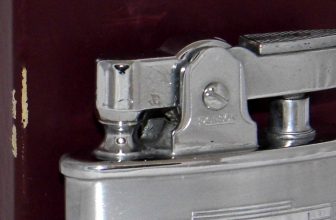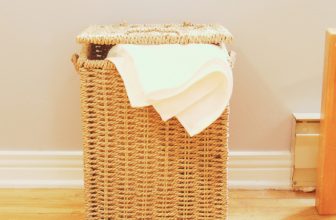How to Filter Rainwater From Roof
Are you looking for an efficient and cost-effective way to collect fresh drinking water? Save money on your monthly water bill while helping to protect the environment by learning how to filter rainwater from your roof. This process is easier than you may think and can provide an abundant source of pure, clean water that requires very little maintenance or upkeep over its lifetime.
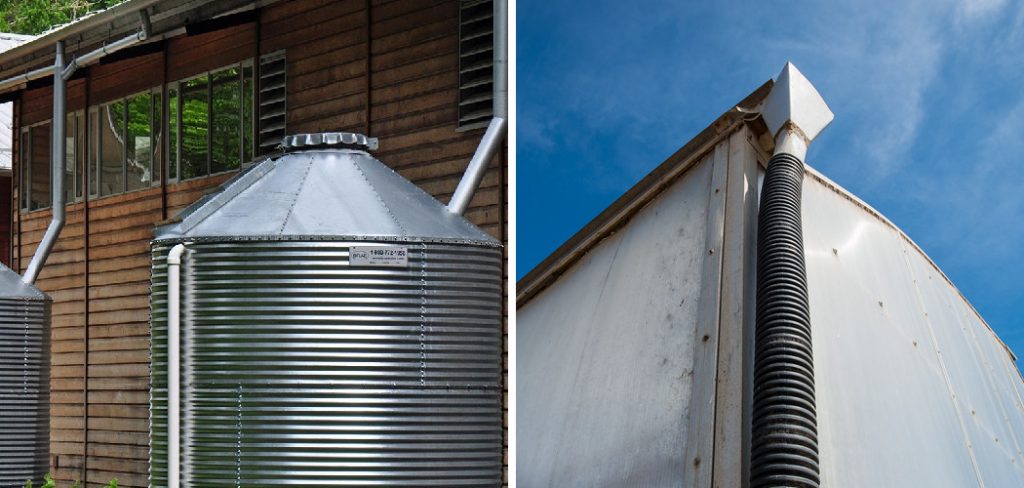
By simply installing a filtration system, you’ll be able to collect usable rainwater for outdoor gardening, landscaping irrigation, or even inside your home for cleaning and drinking in just about any climate.
We’ll explore why filtering roof runoff is such an excellent choice and provide detailed instructions on how to filter rainwater from roof to help you get started as soon as possible! Read on to learn more about how filtering roof runoff can benefit you!
Is It Safe to Drink Rainwater?
Rainwater is generally safe to drink, but it may contain contaminants that make it unsafe. To ensure the safety of rainwater collected from a roof, it’s important that you filter it properly before drinking or using it for other purposes. Filtration will remove large particles, such as dirt and debris, as well as chemical pollutants like lead, mercury, and pesticides.
When rain falls on a roof, it may pick up contaminants from the atmosphere as well as those that have accumulated on the surface of the roof. So, it’s better if you purify before drinking it.
The Benefits of Filtering Rainwater From Roof
1. Safe Water
water from the roof can be a valuable resource for a variety of purposes, especially if it is filtered properly. Filtering rainwater from your roof can provide you with clean, safe water for many uses, such as gardening and even drinking. Additionally, it will help to protect your home and its surroundings from potential pollutants in the runoff that could be damaging.
2. Economic Savings
Filtering your rainwater from the roof can provide economic savings because it eliminates the need to purchase bottled water or other resources that would otherwise be needed to meet your needs. Filtered rainwater is an affordable, renewable source of clean water that can help you save money and reduce reliance on other sources.
3. Ease of Use
Filtering rainwater from your roof is relatively easy to do. By using simple household tools and supplies, you can create a filtration system that captures clean water for use in your home or yard. With the right materials and know-how, it can be done quickly and efficiently without having to pay professionals or special equipment.
These are just a few of the benefits of filtering rainwater from your roof. With proper filtration, you can enjoy clean and safe water while saving both time and money. Whether you intend to use the water for drinking or other purposes, it’s important to ensure that it is filtered properly in order to maintain safety and quality.
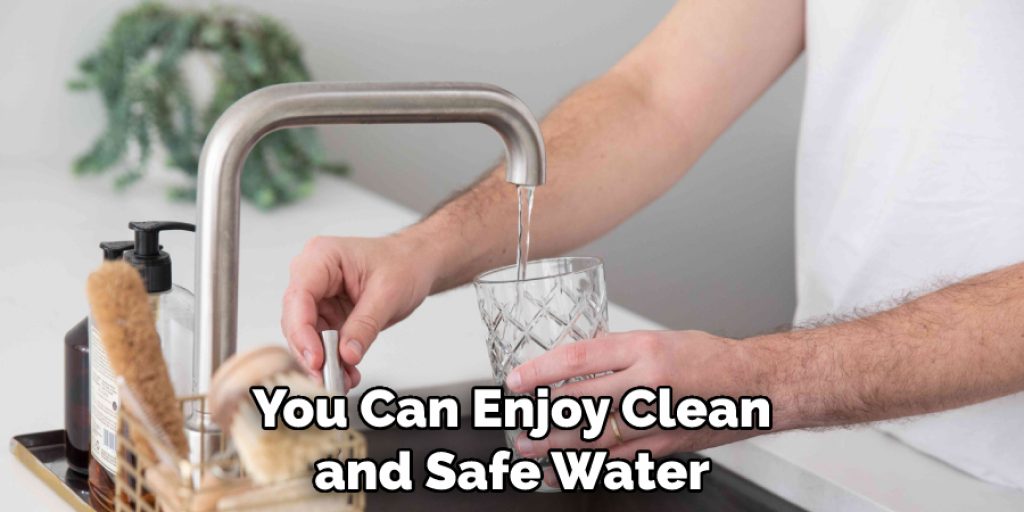
Required Items
In order to filter rainwater from your roof, you will need a few items. These include
- Buckets or other containers
- An overflow pipe
- Standpipe
- Hoses
10 Ways How to Filter Rainwater From Roof
1. Insert Overflow Pipe
Insert an overflow pipe into your roof. This will allow water to safely flow from the roof into a container below without damaging your home or property. The pipe should be properly sealed to keep water from entering your home and should be fitted with a screen or filter to help keep debris out of the water.
2. Install Standpipe
A standpipe is a cylindrical pipe that can help you collect rainwater from your roof. It can be easily installed in the ground near the overflow pipe, and it helps to capture the water that has passed through the filter.
3. Place the Bucket Underneath
Place a bucket or other container underneath the standpipe to collect the filtered rainwater. This will allow you to easily transfer and store it for future use. The bucket should be able to hold at least 5 gallons of water.
4. Install Hoses
Once the standpipe is installed, you will need to install hoses in order to direct the filtered rainwater into the bucket. The hoses should be connected securely and should not leak in order to ensure that all of the water is collected safely.
5. Use a Filter
A filter is an important part of any rainwater filtration system. It helps to remove contaminants and debris from the water, ensuring that it is safe to use for various purposes. Filters can be purchased at most hardware stores or online.
6. Connect Hoses to Filter
Connect the hoses to the filter in order to ensure that the filtered water is directed into the bucket. This will help to keep debris and contaminants out of the collected water.
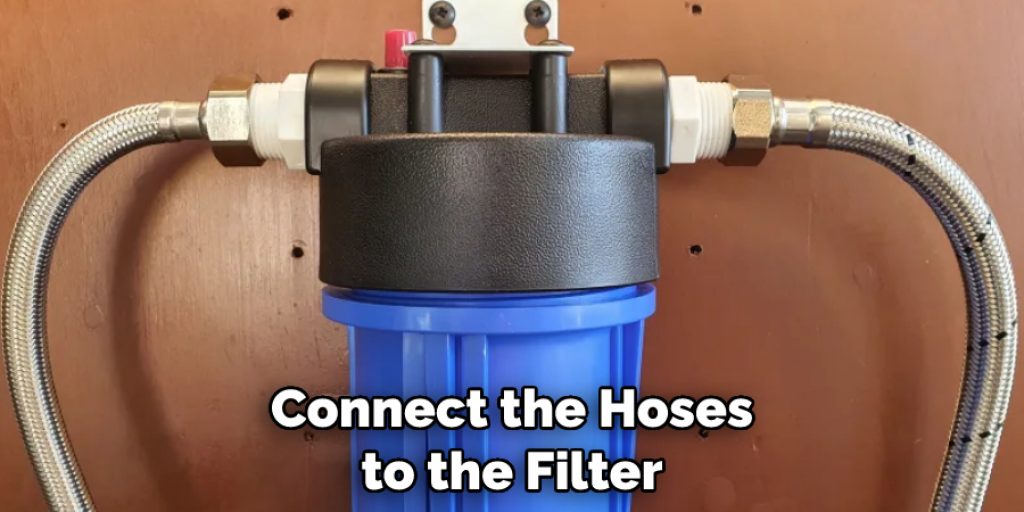
7. Add Water Storage Container
A water storage container can be used to store filtered rainwater for future use. The container should be able to hold at least 5 gallons of water, and it should be covered and sealed to prevent contamination.
8. Monitor Rainfall
Monitor the rainfall in order to determine when it is necessary to filter rainwater from your roof. If there has been a significant amount of rain, you may need to filter more often than normal in order to ensure that your water supply remains safe and clean.
9. Check the Filter
Periodically check the filter to ensure that it is working properly. If it is clogged or damaged, replace it immediately in order to maintain a safe and effective rainwater filtration system. Filter replacements can be purchased online or at most hardware stores.
10. Test the Water
Finally, test the filtered water to ensure that it is safe to use. Testing kits are available online or at your local hardware store, and they will help you determine the safety of your collected rainwater. The water should be tested on a regular basis.
By following these steps, you can easily and safely filter rainwater from your roof. By using a combination of an overflow pipe, standpipe, hoses, filters, and water storage containers, you can ensure that the collected water is clean and safe to use for various purposes. So make sure to follow these steps in order to get the most out of your rainwater filtration system.
8 Tips to Store Rainwater Safely
1. Always pre-filter your rainwater. Use a mesh filter to capture any debris that may have made its way onto the roof before it enters the storage container. It will also help to prevent clogs in the pipes of your filtration system.
2. Choose a container that is easy to clean and safe for drinking water. Rainwater should be stored in containers made of food-grade materials, such as plastic or stainless steel so that it does not leach any harmful chemicals into the water.
3. Keep your rainwater storage containers covered. This will help protect the water from debris, insects, and other animals that could potentially contaminate it. Rainwater is also prone to evaporation if left uncovered for too long.
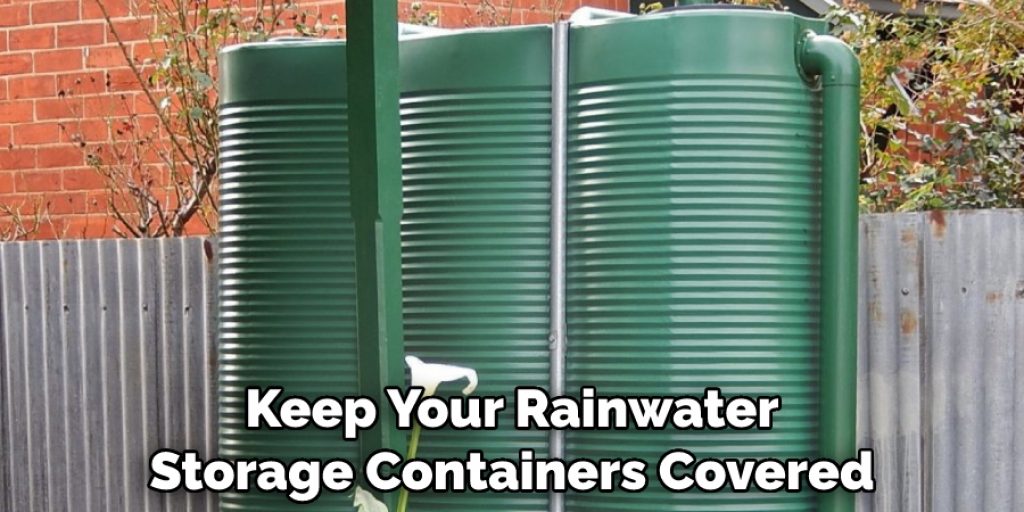
4. Regularly check for signs of contamination in your rainwater storage containers. Be sure to inspect them for any unusual odors or discoloration that could indicate the presence of bacteria and other contaminants.
5. Consider installing a first flush system on your roof’s gutters. This system diverts the initial rainwater that falls after a storm away from your storage containers and into a separate container, preventing contaminants like leaves, dust, bird droppings, and other debris from reaching your water supply.
6. Treat your stored rainwater before drinking it. Boiling the water or using an ultraviolet filter will help to ensure that any bacteria, viruses, or parasites are eliminated from the water before consumption.
7. Regularly inspect and maintain your filtration system. Check for clogs in the piping and properly clean out filters when necessary to keep your rainwater safe and free of contaminants. Inspecting your system often will also help to prevent costly repairs down the line.
8. Utilize a rainwater harvesting system to capture and store excess water during periods of heavy rainfall. This type of system can be used to store large amounts of water over a long period of time, making it an ideal way to ensure that you always have a safe and reliable source of drinking water.
By following these tips, you can rest assured that your stored rainwater is safe for use. Taking the time to properly filter, store and treat your rainwater will help ensure the health and safety of both yourself and those around you.
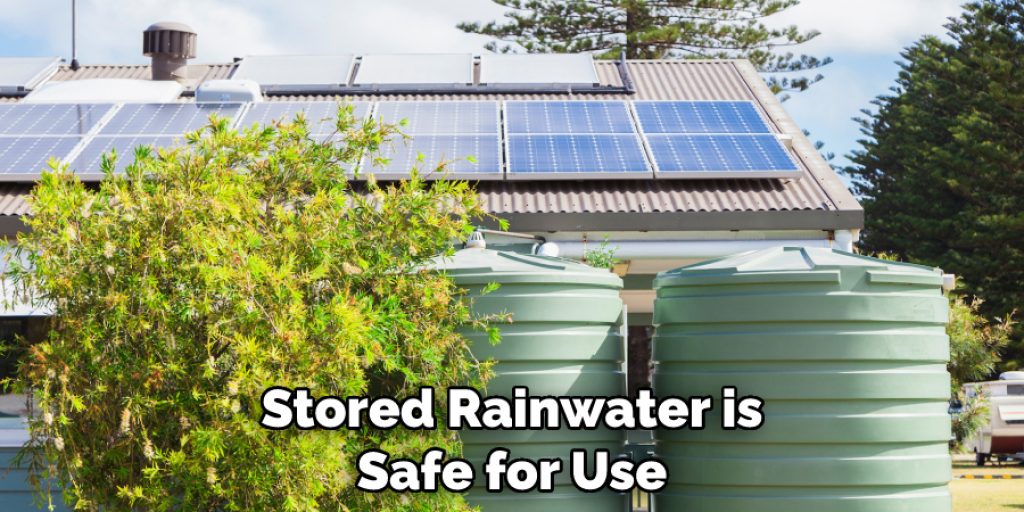
Conclusion
To recap, filtering and treating rainwater from a roof is possible if done with the right considerations. Most states have regulations about collecting, storing, and using rainwater for both indoor and outdoor purposes. Installing a rain water harvesting system can be a highly beneficial project as it can help conserve water over time, save money on utility bills, and reduce environmental impact all at once.
All of these factors must be weighed to see if this is the right choice for you. Taking the steps how to filter rainwater from roof necessary to collect and use rainwater safely will prove to be an incredibly rewarding experience – one that provides maximum value in the long run and helps promote green practices.
So why not take full advantage of this natural resource by installing your own filtering system? Now that you know how to filter and treat rainwater from your roof, what are you waiting for?

